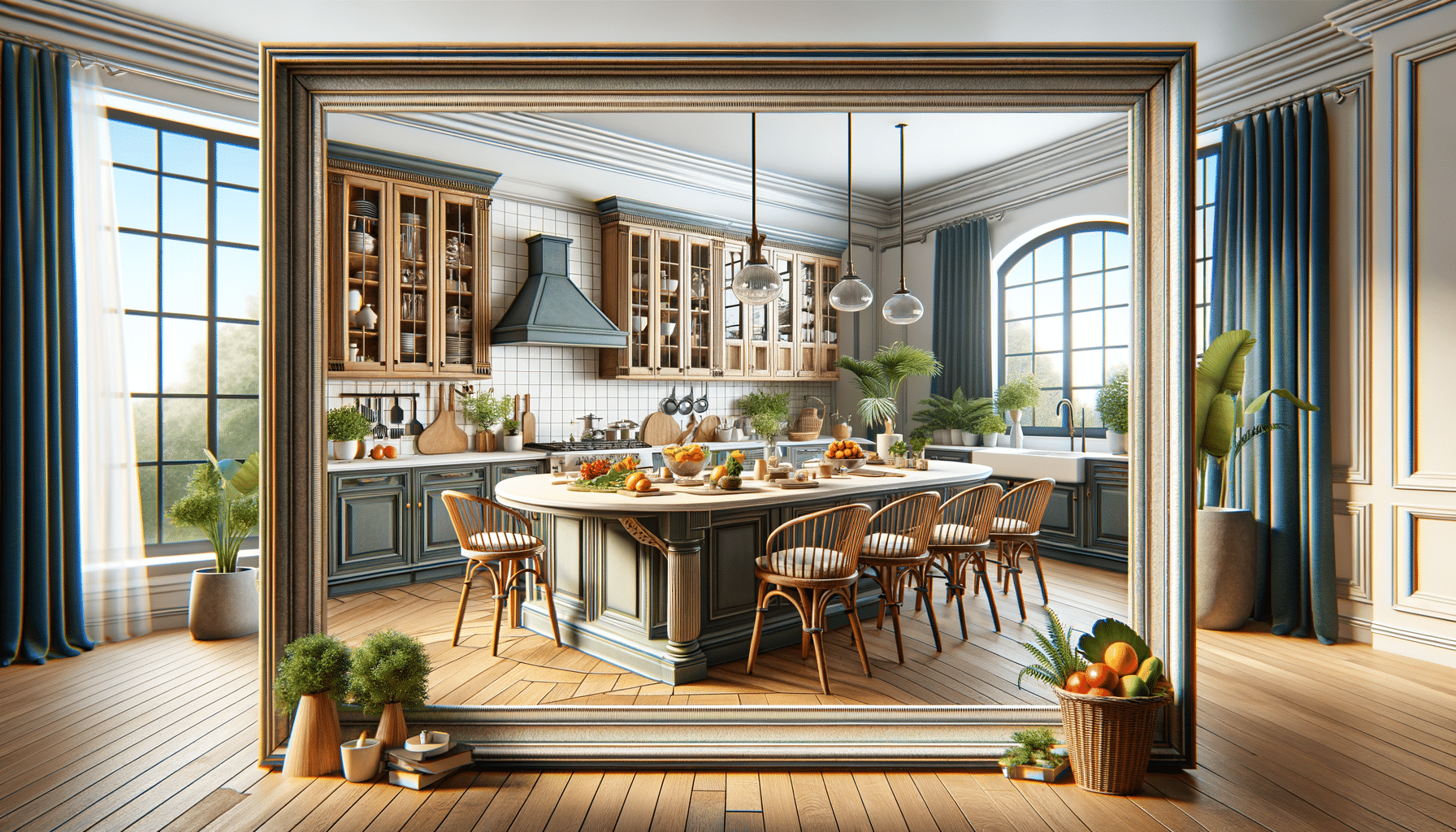
The Versatile Charm of Kitchen Islands
Introduction to Kitchen Islands
In the modern home, the kitchen island has emerged as a central feature, combining functionality with aesthetic appeal. Once considered a luxury, kitchen islands are now a staple in many homes, offering a versatile solution to a variety of kitchen needs. From providing additional workspace to serving as a casual dining area, the kitchen island enhances both the utility and the visual appeal of a kitchen. This article delves into the different aspects of kitchen islands, exploring their design, functionality, and the impact they have on the overall kitchen environment.
Design Elements of Kitchen Islands
The design of a kitchen island can significantly influence the overall look and feel of a kitchen. When planning a kitchen island, several design elements come into play:
- Material Selection: The choice of materials can set the tone for the island. Options range from classic wood finishes to sleek stainless steel, each bringing a unique character to the space.
- Shape and Size: Islands can be customized to fit the kitchen’s layout, whether it’s a compact square for smaller spaces or an expansive L-shape for larger kitchens.
- Color Coordination: Harmonizing the island’s color with the kitchen’s palette creates a cohesive look, while contrasting colors can make the island a focal point.
These design choices not only affect the island’s functionality but also its ability to blend seamlessly with the kitchen’s overall aesthetic.
Functionality and Practical Uses
Beyond aesthetics, kitchen islands serve a multitude of practical purposes. They are often equipped with additional features that enhance kitchen efficiency:
- Extra Storage: Many islands include cabinets and drawers, providing much-needed storage space for kitchen essentials.
- Appliance Integration: Some islands are designed to house appliances such as dishwashers, ovens, or wine coolers, optimizing kitchen workflows.
- Seating Area: Islands can double as a casual dining area, perfect for quick meals or entertaining guests while cooking.
The multifunctional nature of kitchen islands makes them an invaluable addition to any kitchen, supporting various activities from meal preparation to social gatherings.
Impact on Space Utilization
One of the key advantages of a kitchen island is its ability to improve space utilization. By adding an island, homeowners can make the most of their kitchen’s layout:
- Open Plan Living: In open-plan homes, islands can serve as a natural divider between the kitchen and living areas, maintaining a sense of separation while allowing for interaction.
- Efficient Work Triangle: Properly positioned, an island can enhance the kitchen’s work triangle (the path between the stove, sink, and refrigerator), making meal preparation more efficient.
- Creative Storage Solutions: Islands can be customized with innovative storage solutions, such as pull-out shelves or hidden compartments, maximizing every inch of space.
These space-enhancing features make kitchen islands a smart choice for homeowners looking to optimize their kitchen’s functionality and flow.
Conclusion: The Enduring Appeal of Kitchen Islands
In conclusion, kitchen islands are a versatile and stylish addition to any home, offering a blend of aesthetic appeal and practical functionality. Their ability to enhance storage, improve space utilization, and serve as a social hub makes them a valuable feature in modern kitchens. As kitchen design continues to evolve, the kitchen island remains a popular choice for homeowners seeking to create a functional and welcoming space. Whether you’re renovating an existing kitchen or designing a new one, a well-planned kitchen island can transform the heart of your home.


